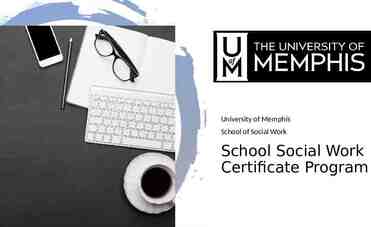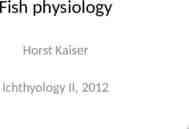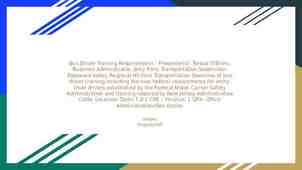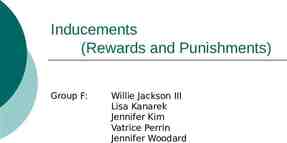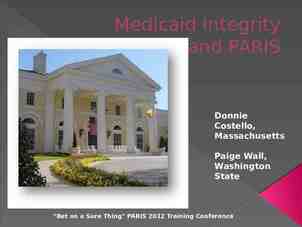All happy families are alike, every unhappy family is unhappy in it
8 Slides475.00 KB

All happy families are alike, every unhappy family is unhappy in it own way -Leo Tolstoy, Anna Karenina Rebecca Sposato MS, RN

Family Functions Management: decision makers, allocate resources Boundaries Clear: understood roles Diffuse: roles are blurred Rigid or disengaged: too tight, not flexible Communication: direct, true or manipulative Emotional-supportive: accepted and helped Socialization: getting along to prepare for society

Maladaptive Communication Manipulating Distracting – promote side issues Generalizing – ‘always’ and ‘never’ Blaming/Scapegoating Placating – efforts for short term peace Doublebinds – either/or ‘s are both bad

Frameworks of Family Therapy Strategic Model Assumes that changing any single element in the family system will bring about change in the entire system Structural Model Explains family problems from perspective of dysfunctional boundary and role structure

Working with the family The family as a system – takes focus off of individual and onto the interpersonal actions of the family The identified patient – ‘the problem,’ bears the families symptoms Family triangles – third person is drawn into conflict between 2 people Nuclear family emotional system – behaviors and emotions are not confined to one person but flow to all family members

Goals of Therapy Reduce dysfunctional behavior resolve/reduce conflicts Mobilize family resources encourage adaptive family problem- solving behaviors, improve family’s communication skills

Goals of Therapy Heighten awareness and sensitivity to other family members’ emotional needs Strengthen family’s ability to cope with major life Improve integration of family system into societal system

Implementation Determine short-term and long term needs Family therapy Traditional Psychoeducational Self-help groups Case management Pharmacological interventions

